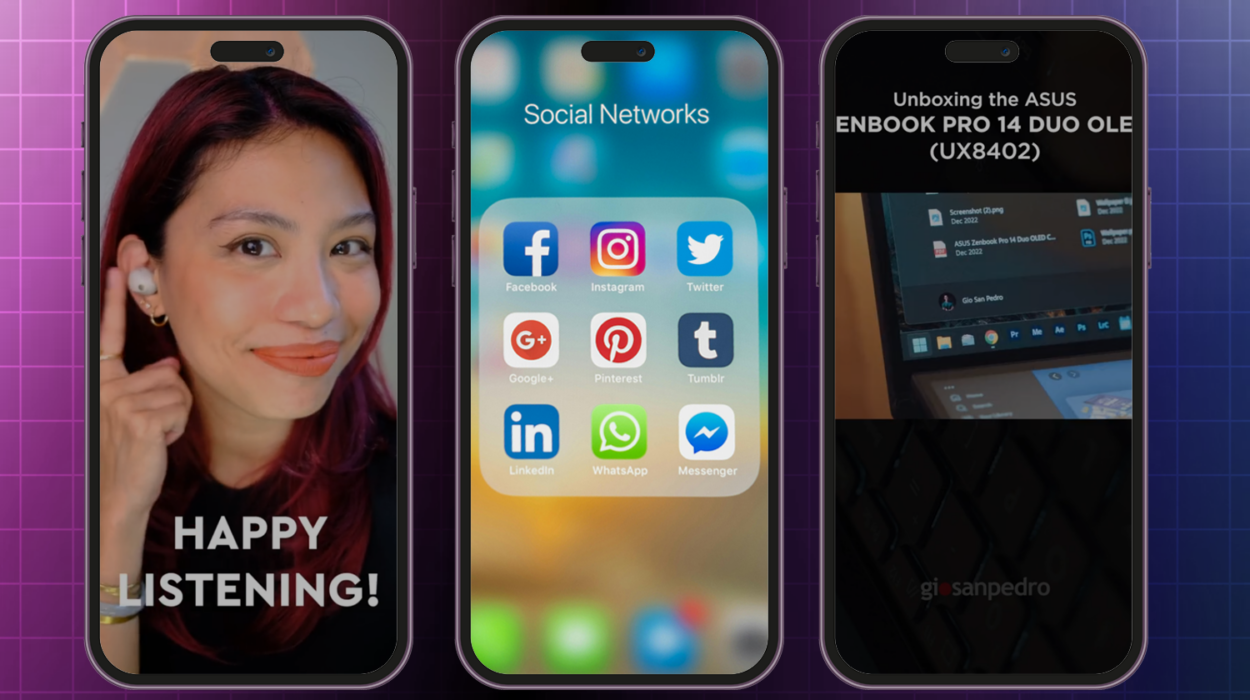Traditional Marketing and Digital Marketing share some similarities but have significant differences, too. Know what sets the two apart and learn how you can use them for your campaign.
Marketing is an integral part of any business. It combines strategies that can drive sales and achieve the end goal of a business. Through marketing, brands can establish a relationship with their target audiences.
Nowadays, there are two major types of marketing: Traditional Marketing and Digital Marketing. While the two share similarities, there are also key differences that set them apart.
Traditional vs Digital Marketing: An Overview
Traditional Marketing is focused on promoting goods and services through a one-way communication flow using a range of channels and strategies. Through this method, customers are reached through offline advertising. Traditional marketing also often involves more expensive modes to market products. Examples of traditional marketing include newspaper/magazine advertising, television promotion, commercials, posters, and billboards.
On the other hand, Digital Marketing entails marketing strategies that are executed through electronic devices. Through this, a brand is presented to customers through two-way communication. Aside from business reach, customers may also interact through online platforms such as social media, blogs, and websites.
Key Differences Between Traditional Marketing and Digital Marketing
1. Marketing Channel
Possibly the most noticeable difference between traditional marketing and digital marketing is the medium they use to reach their target market. Traditional marketing makes use of offline methods while digital marketing uses digital media or online platforms.
2. Cost
The marketing cost of traditional marketing and digital marketing reveals a glaring difference. Traditional marketing is often costly as it covers materials that are needed for a campaign such as airtime, printing, manpower, as well as placement costs. Digital marketing on the other hand requires fewer expenses as brands are able to use online platforms to advertise to their customers. Basically, it will require setting up accounts or building a website. After that, expenses will cover labor costs and paid ads for social media marketing or Google Ads, both optional.
3. Engagement
How customers interact with the marketing strategy also differs between traditional and digital marketing. Traditional marketing doesn’t require physical or verbal engagement. The customers will decide based on what they saw and how it impacted them. Digital marketing strategy is different as one of its goals is customer engagement. A customer can inquire, send comments, and engage with a brand through an online platform.
4. Audiences
Both marketing strategies reach out to different kinds of audiences. Traditional marketing would be more suitable for an older audience and those who do not use online platforms often. These include the people who usually prefer physical advertisements when choosing a product. When it comes to digital marketing, younger audiences and tech-savvy people make up the majority of its market. Mainly, these people are active in using their devices and browsing online.
5. Campaign Analysis
When analyzing the impact of a campaign, traditional marketing will take longer for data to be gathered. The process of data gathering and analysis is also usually difficult. On the contrary, data analysis is pretty straightforward in digital marketing. This makes it easier for campaign adjustments to be made especially when a strategy is not working. It would also be easier to identify the most effective campaigns that should be given greater focus because of the engagement and conversions that they can potentially gain.
RELATED CONTENT:
- How To Maximize Your Digital Marketing ROI
- The Problem with Traditional Marketing
- Influencer Marketing Vs. Traditional Marketing: Which One Is Better?
- 10 Digital Marketing Campaign Examples to Inspire Your Strategy
Marketing will always be essential when boosting brand presence and promoting products or services. With the availability of traditional and digital marketing strategies, businesses can take advantage of methods that can connect them best with their target audiences. While both are effective and have their own market, business owners should not disregard the new cost-effective strategies that digital marketing offers. Strategies evolve and one should not hold back from exploring opportunities to achieve better.
Need help with your Digital Marketing campaigns?
M2.0 Communications, one of the top PR agencies in the Philippines, offers a variety of public relations and digital marketing services that can put your brand forward so you can establish awareness and reach a specific audience.
Learn more about what we do here.


